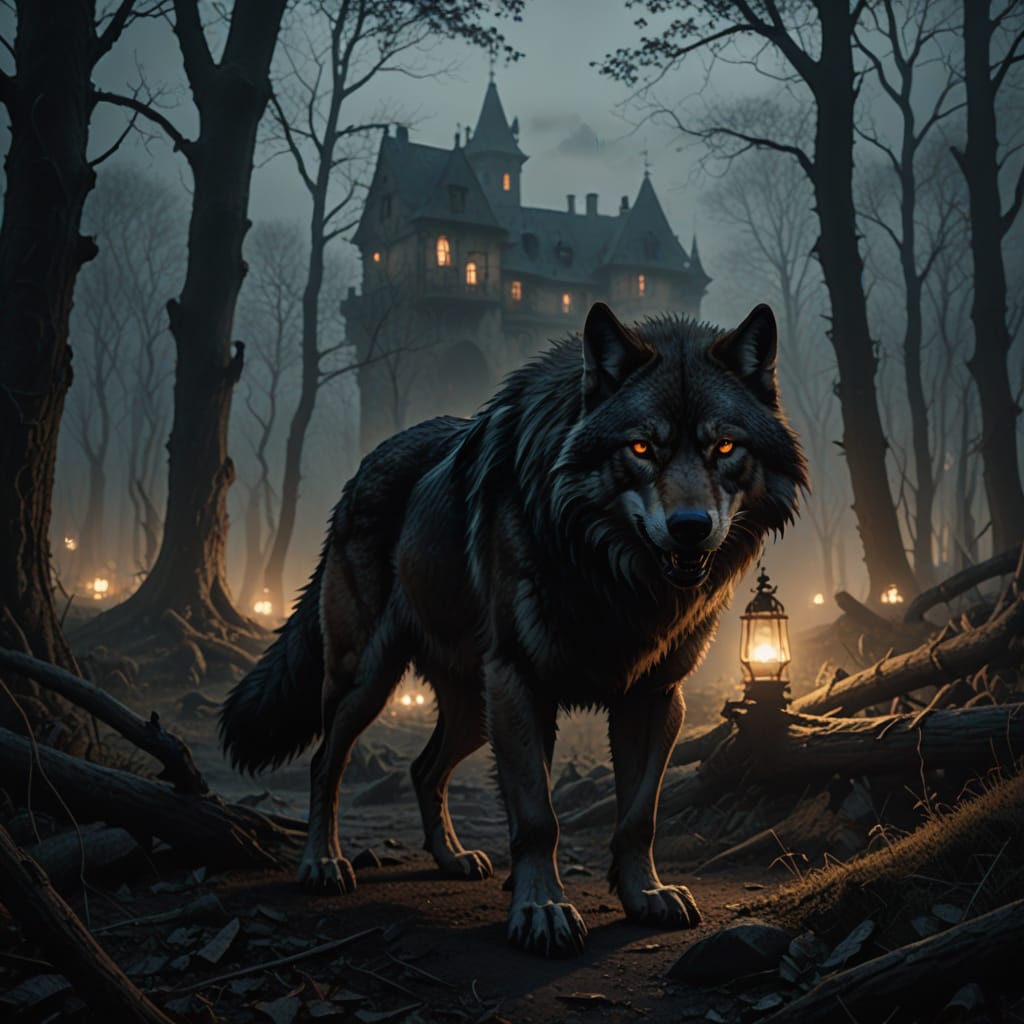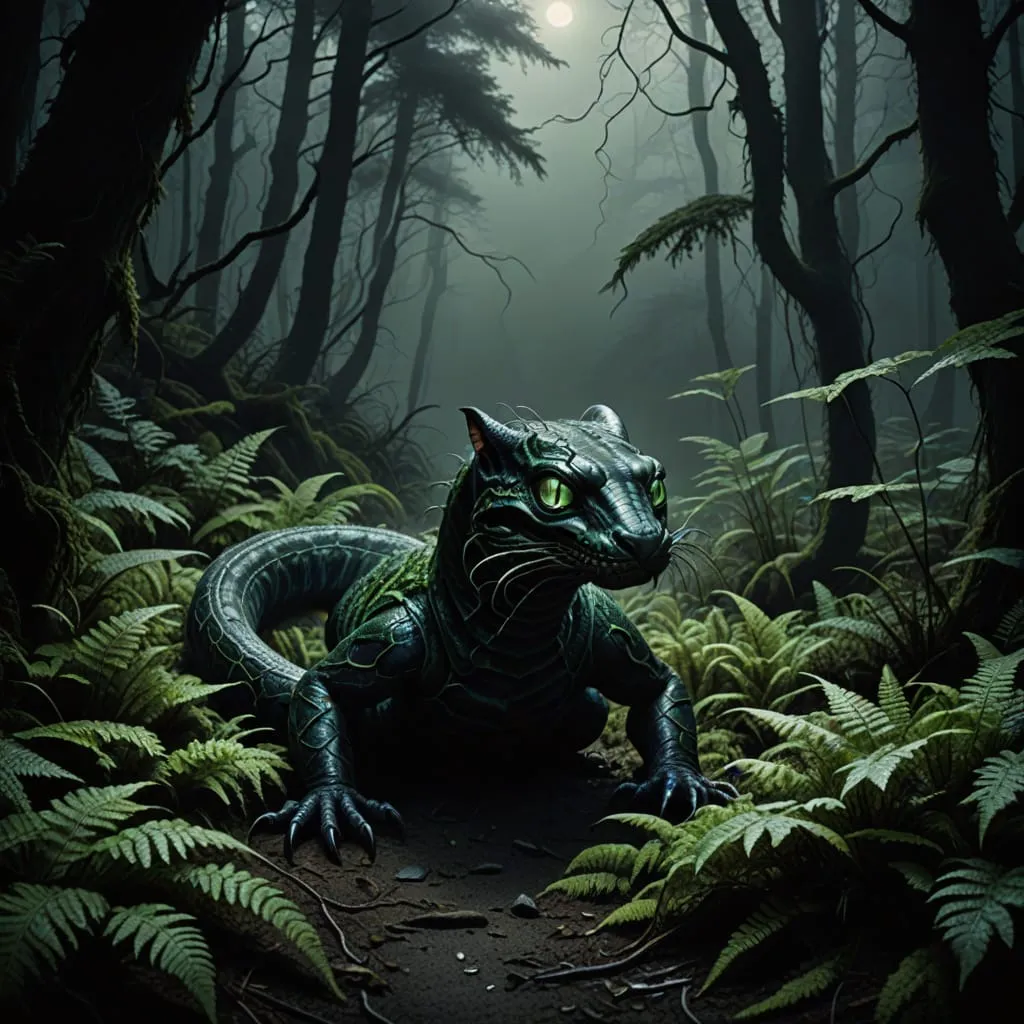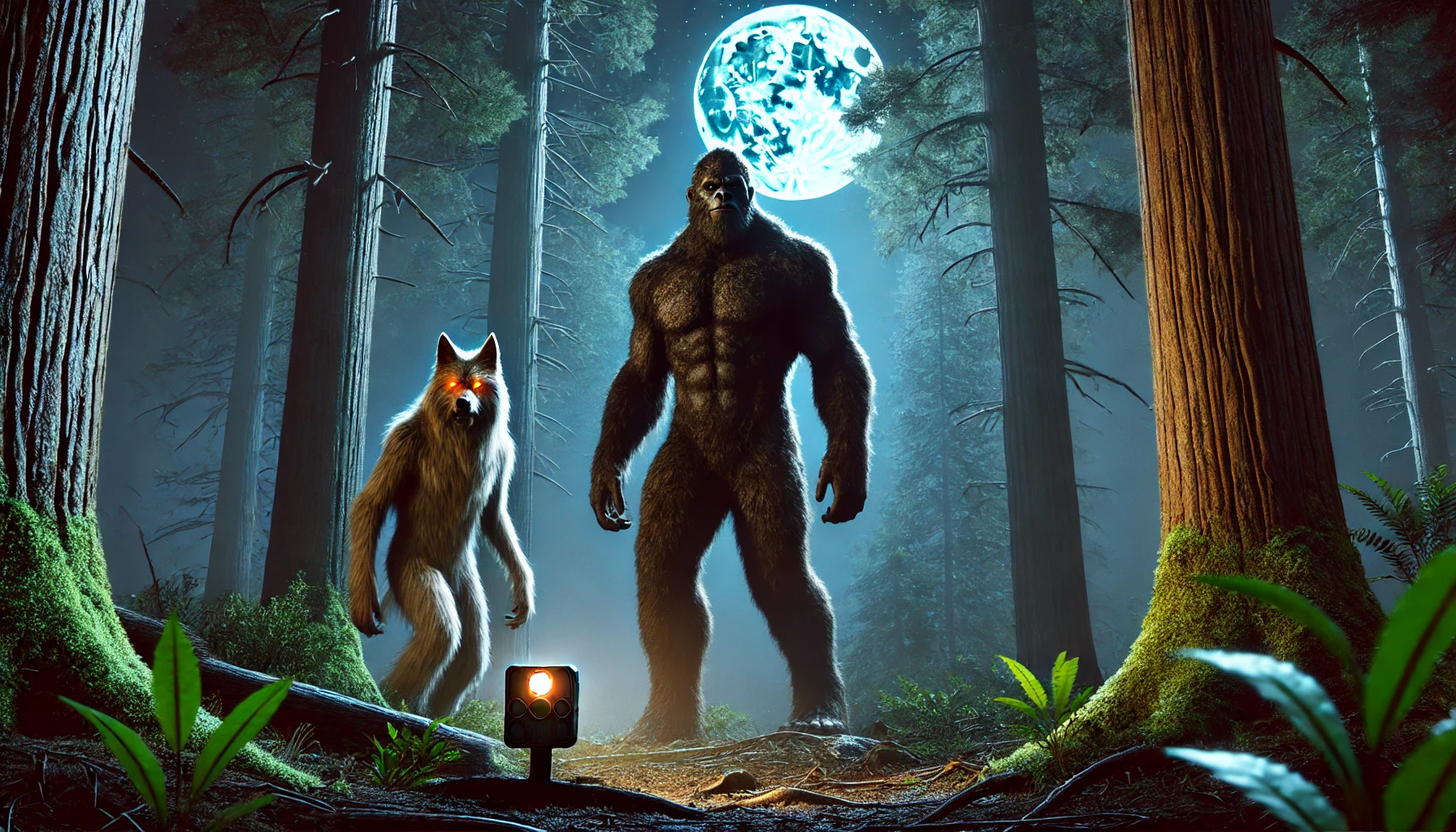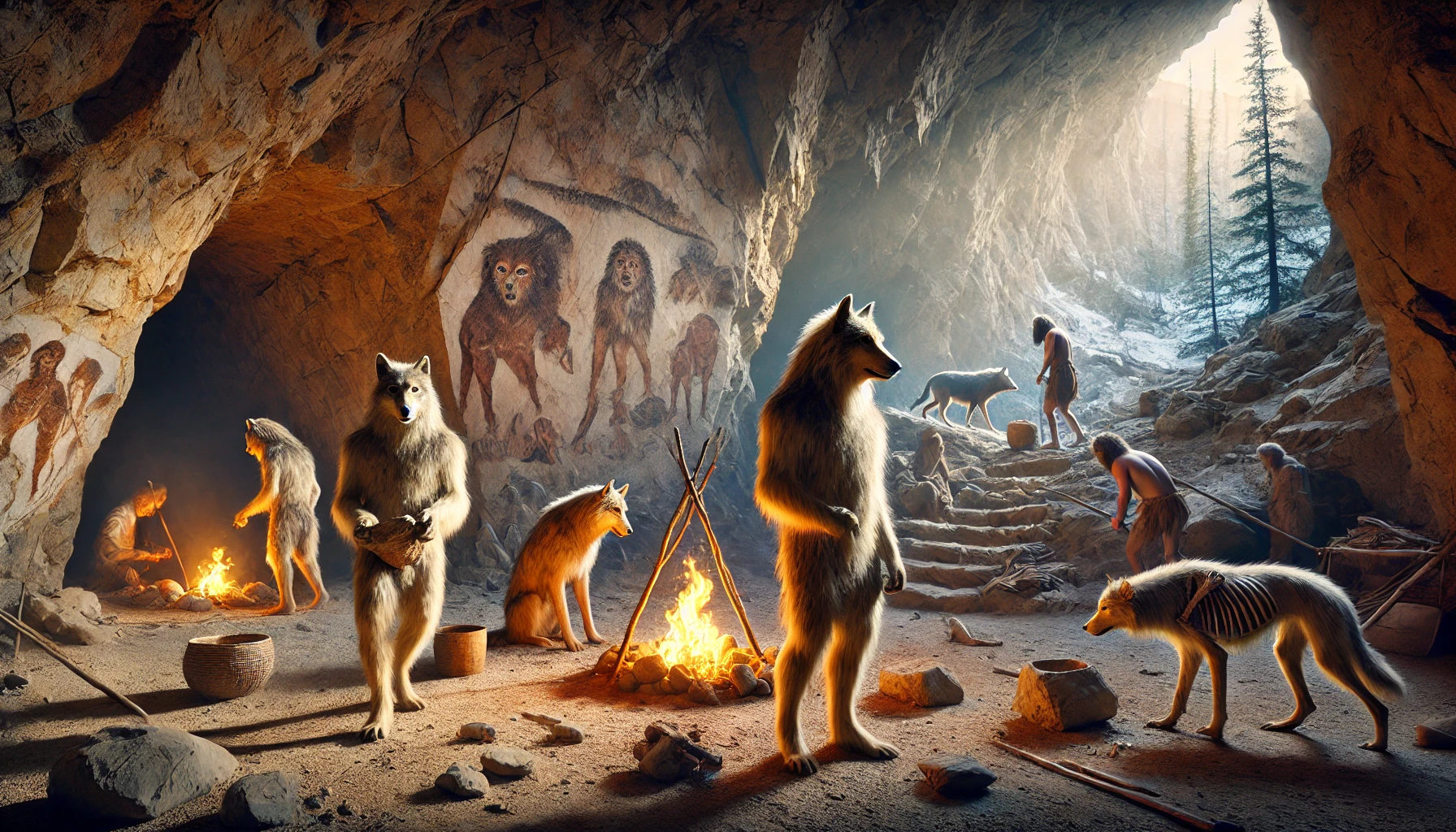Deep within the remote lakes and rivers of southern Chile and Patagonia lurks a legendary creature known locally as El Cuero, “the Hide.” Shrouded in centuries-old folklore, El Cuero is feared and respected for its ruthless attacks and terrifying appearance, making it one of South America’s most chilling cryptid legends.
Origins and Folklore
The name “El Cuero” translates literally as “The Leather,” aptly describing its bizarre physical appearance. According to indigenous folklore from the Mapuche people, this cryptid resembles a large, flattened animal hide with tough, leathery skin. Some legends describe it as a massive living cloak-like creature, seamlessly blending with muddy lake bottoms, patiently waiting to ambush unsuspecting prey.
Indigenous communities have passed down chilling tales through generations. Stories often speak of mysterious disappearances near rivers and lakes attributed to El Cuero, warning children to avoid the water’s edge at night. These legends suggest the creature possesses a voracious appetite, dragging humans and animals into deep waters, leaving behind only ripples and unanswered questions.
Historical and Eyewitness Accounts
Accounts of encounters with El Cuero date back to colonial Chile. Spanish settlers documented eerie experiences as early as the 16th and 17th centuries. Explorers often reported hearing unsettling noises from lakes at night, accompanied by sightings of a strange, dark shape gliding silently beneath the water’s surface.
One notable modern account, widely circulated within Chilean communities, describes a harrowing encounter from the early 1960s. Two fishermen near Lago Lácar in northern Patagonia witnessed a “living hide” floating calmly near their boat. Mistaking it initially for debris, they approached, only for the creature to swiftly surface, revealing eyes atop stalk-like projections, surrounded by sharp claws along its edges. Terrified, the fishermen fled, narrowly escaping with their lives.
Other eyewitness reports consistently describe the creature’s behavior: stealthy, predatory, and surprisingly intelligent. Survivors claim the beast moves silently beneath the water, surfacing suddenly to snatch livestock or even swimmers from riverbanks.
Physical Description and Behavior
Local descriptions of El Cuero highlight its unique and horrifying traits. Witnesses typically describe a large, flattened creature, roughly six to eight feet wide, resembling a living manta ray or stingray covered in dark, leathery skin. It is frequently depicted with small, stalk-like protrusions resembling antennae or eyes, allowing it to detect prey above water.
Its skin is said to be extremely tough, resistant to traditional weapons, with sharp claws or hooks along the edges to seize and secure its prey. Once caught, victims are swiftly dragged underwater and consumed, fueling the terrifying reputation that surrounds El Cuero throughout the region.
Cultural Significance
El Cuero is deeply embedded in southern Chile’s culture and psyche, particularly in Patagonia. The Mapuche people incorporate the cryptid into their broader mythology, symbolizing the dark power of nature and its capacity to exact vengeance upon those who disrespect the waters or violate natural boundaries.
Within Chilean folklore, El Cuero serves as both cautionary tale and cultural metaphor, embodying humanity’s fear of the unknown lurking beneath placid waters. Festivals and storytelling traditions often feature dramatic retellings of encounters, reinforcing local beliefs and underscoring the importance of respecting nature’s hidden dangers.
Cryptozoological Theories
Cryptozoologists intrigued by El Cuero offer multiple theories about its possible identity. Some suggest it could be an undiscovered aquatic species uniquely adapted to Patagonia’s isolated lakes and rivers—perhaps an evolved freshwater stingray or manta ray variant. Freshwater rays, while uncommon in southern Chile, do exist in the region’s rivers, potentially accounting for exaggerated local sightings.
More speculative theories propose it might represent a relic population of ancient marine animals. Certain paleontologists theorize that prehistoric creatures such as the Dunkleosteus—an armored, predatory fish from the Devonian era—may have somehow adapted to freshwater habitats. Although scientifically improbable, the creature’s description does evoke images of prehistoric marine predators.
Skeptics argue that sightings could be explained by misidentifications of common animals, floating vegetation, or unusual natural phenomena. Despite skepticism, the consistency of eyewitness testimonies makes outright dismissal difficult, preserving the mystery surrounding the creature.
Modern Investigations and Media Influence
While no definitive physical evidence of El Cuero exists, numerous expeditions have been mounted by Chilean and international cryptozoological teams. These investigators have documented compelling eyewitness interviews and analyzed local lore extensively, but the elusive creature has yet to be conclusively captured on camera or otherwise scientifically verified.
Chile’s popular media regularly revisits El Cuero’s legend, fueling public interest. It has featured prominently in documentaries, television programs, and books, further embedding its mythos in national consciousness. Today, cryptozoologists and adventure tourists continue to explore Patagonia’s isolated lakes and rivers, hoping to finally uncover definitive evidence of this elusive aquatic predator.
Symbolism and Environmental Allegory
Beyond its literal existence, El Cuero has evolved into a potent symbol for environmental awareness in southern Chile. The cryptid embodies the hidden perils of natural environments, reminding communities to protect delicate aquatic ecosystems from ecological disruption and human exploitation.
Environmental activists and educators in Patagonia frequently reference El Cuero to illustrate the consequences of disturbing natural habitats. The creature’s predatory and protective reputation underscores a broader message of ecological stewardship and respect for the region’s delicate biodiversity.
Conclusion: A Haunting Patagonian Mystery
El Cuero remains one of Chile’s most chilling cryptids, a creature whose legend has endured centuries. Whether a real, undiscovered predator or merely an embodiment of human fears and cultural myths, its legacy continues to captivate imaginations across South America and beyond.
As long as Patagonian lakes conceal their secrets beneath tranquil waters, the haunting legend of El Cuero will persist—a reminder of nature’s mysteries and humanity’s enduring fascination with the unknown.









